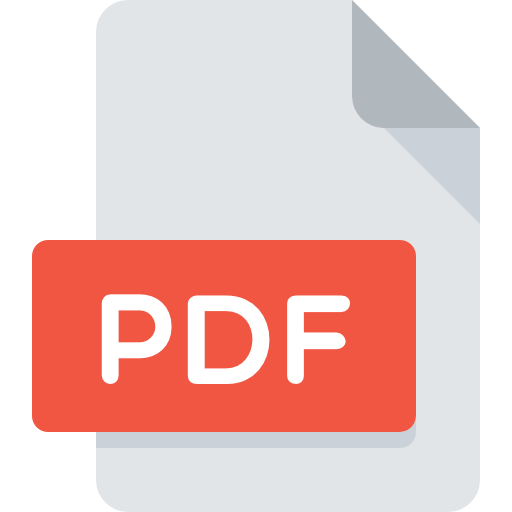 |
|
| Nombre: Ezra Püren San | Grado: Relaciones Internacionales (IE University School of Global and Public Affairs) |
| Artworks and ‘cli-fi’: from human rights to climate disruption | |
Climate change and activism has been gaining momentum in recent years and their importance is ever growing. Amidst the numerous articles and opinions being raised it is crucial to find fitting and credible sources to either educate one’s self or improve their knowledge on the topic and recent phenomenons. In this recommendation, I’d like to touch on two resources; a contemporary artist as well as an activist, and a book. Ai Weiwei is a Chinese artist, activist, and a documentarian whose works are rooted in Dadaist and conceptual art. As controversial as his work has been, Weiwei’s work has touched upon key matters from human rights to climate disruption. His movie Human Flow is a documentation of refugees plight and struggles in a congested and hot world. Weiwei emphasizes how climate change works as a factor that worsens the situation of numerous refugees. In a more recent art work unveiled in Porto in 2021, Weiwei made a more direct statement to deforestation. By displaying a 32-meter-tall sculpture of an iron tree, he hoped to draw emphasize on the calamitous consequences of deforestation and make people aware of what we, as a collective, risk losing. His artworks from sculptures to documentations and installations bear a story needs to be heard whether for the sake of humanity, the mother earth, or better the inseparable connection of the two. The Ministry for the Future, written by Kim Stanley Robinson in 2020, is a beautiful and striking read. The novel falls into the climate fiction, cli-fi, category which has been gaining traction and significance. The book isn’t Robinson’s first climate fiction novel. Along with 2312 and New York 2140, it is the third addition to the climate fiction’s growing body. Even if it is emphasized from the get-go that the book is purely fictional and any relevance to real-life-events are coincidental, The Ministry for the Future offers noteworthy scientific accuracy as well as non-fiction descriptions of social science and history. It is a hard-to-describe read as it absorbs the reader to its universe and explains how climate change is bound to affects us all through employing fictional observer. This not only makes the novel an even-more interesting read but also provides a buffer to the reader between the plot and real life, enabling the read to continue with less bias resulting from real life associations. It serves as a plus that the read made into Bill Gates’ summer reads list. Whether interpretation and adaptation of global issues to different art formats or experiencing a novel reality is your preference of gaining information and learning, these two resources are noteworthy. |
|









